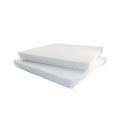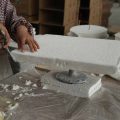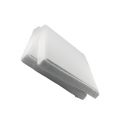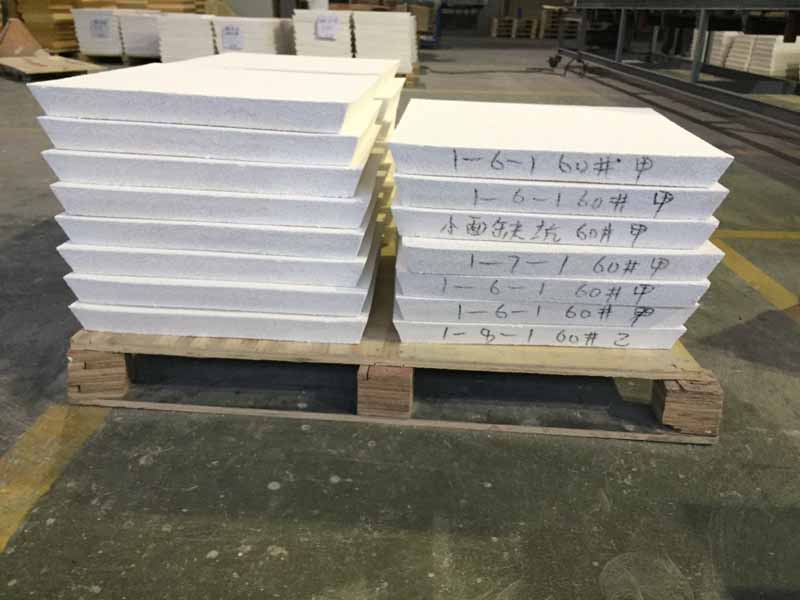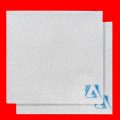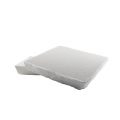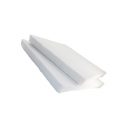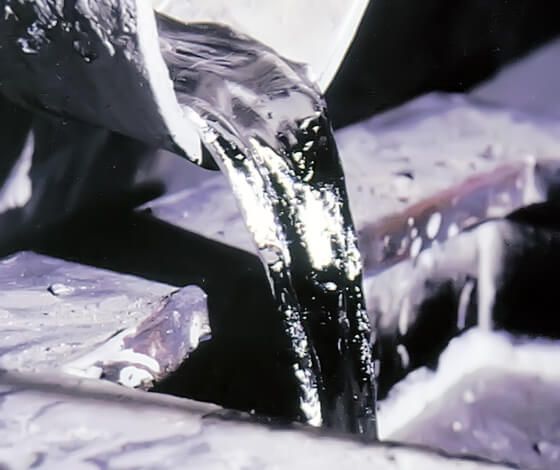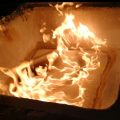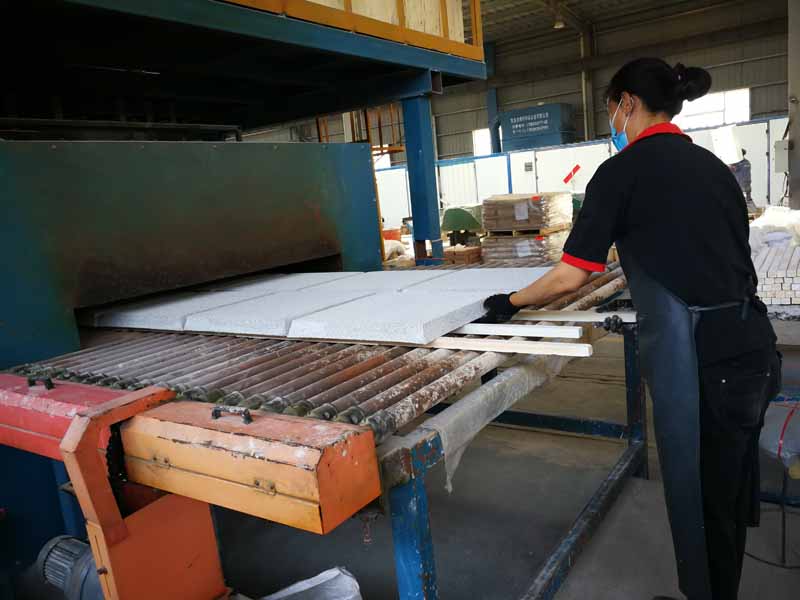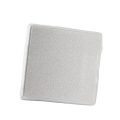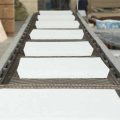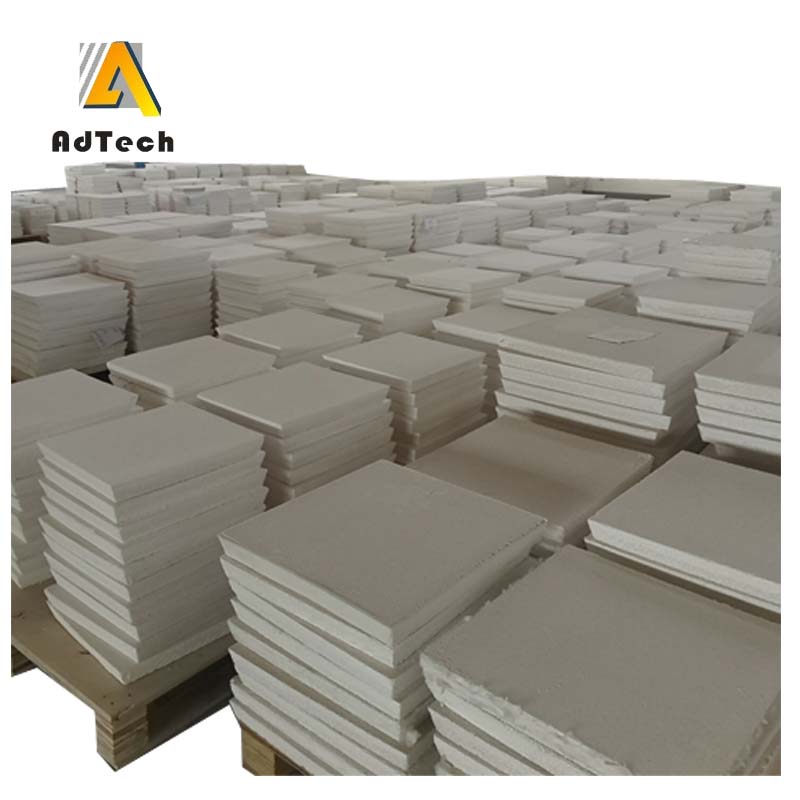Alumina Ceramic Foam Filters use polyurethane foam as a carrier and immerse it in a slurry made of ceramic powder, binder, sintering aid, suspending agent, etc. Then squeeze out the excess slurry so that the ceramic slurry is evenly coated on the carrier frame to form a green body, and then the green body is dried and sintered at a high temperature.
This process is also called organic foam impregnation method, which is a relatively mature production process in China.
Alumina Ceramic Foam Filters are classified according to different apertures, including 10PPi, 15PPi, 20PPi, 30PPi, etc. The mesh classification of sponge is not the same as the classification of product mesh. Generally speaking, the larger the PPi value, the smaller the corresponding pore size, and the smaller the filtered inclusions.
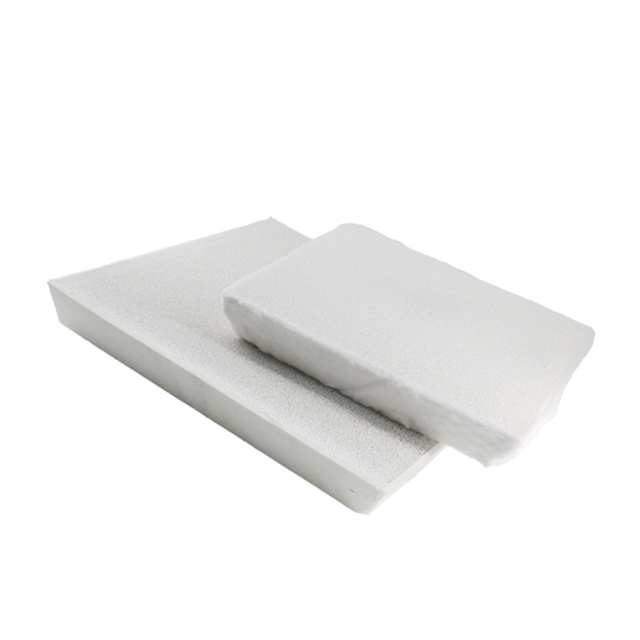 Alumina Ceramic Foam Filters
Alumina Ceramic Foam Filters
Alumina Ceramic Foam Filters production process-Sizing process, Sponge modification process, Dipping and sizing process, Drying process, Firing process, Quality inspection process.
Sizing process
The choice of formula must ensure the best consistency and fluidity of the slurry, so as to ensure that the product can be sizing uniformly during the sizing process to reach the specified sizing weight. Because this is a prerequisite to ensure the product strength and through-hole rate are qualified. The adjusted slurry judges its performance by its specific gravity and consistency.
Sponge modification process
Sponge modification is to prepare for the sizing process to improve the sizing performance of the sponge and make the sizing uniform.
Dipping and sizing process
The modified dry sponge product is uniformly coated into a green body through the adjusted slurry on a roller press. For sponge products with different meshes, slurry of different consistency is needed for sizing, otherwise the sizing effect will not be achieved.
Drying process
The drying process is mainly to let the sizing semi-finished product volatilize the moisture, and it is generally controlled below 1.0%.
For products with larger specifications, the dry environment, such as temperature and humidity, needs to be controlled to prevent dry deformation and crack defects.
Firing process
The firing process is the last process in the production. Due to the improvement of the formula and considering the production cost, most of the SiC foam ceramics of ceramic foam enterprises do not need to be protected by atmosphere, and the firing temperature is generally 1350 to 1450 ℃. If you want to buy ceramic foam filter, please email sales@adtechamm.com
Quality inspection process
Due to the porous structure of foam ceramics, the burned products are more or less slagging. For foundries, in addition to considering the strength and mesh of the filter, the slag drop phenomenon is also a hot issue that they are most concerned about. Because the filter itself is used to filter the inclusions, and its own slag will have the opposite effect, which will lead to the scrap of the casting. Therefore, in addition to checking the appearance and internal quality of the quality inspection process, it is also necessary to clean up the slag.

